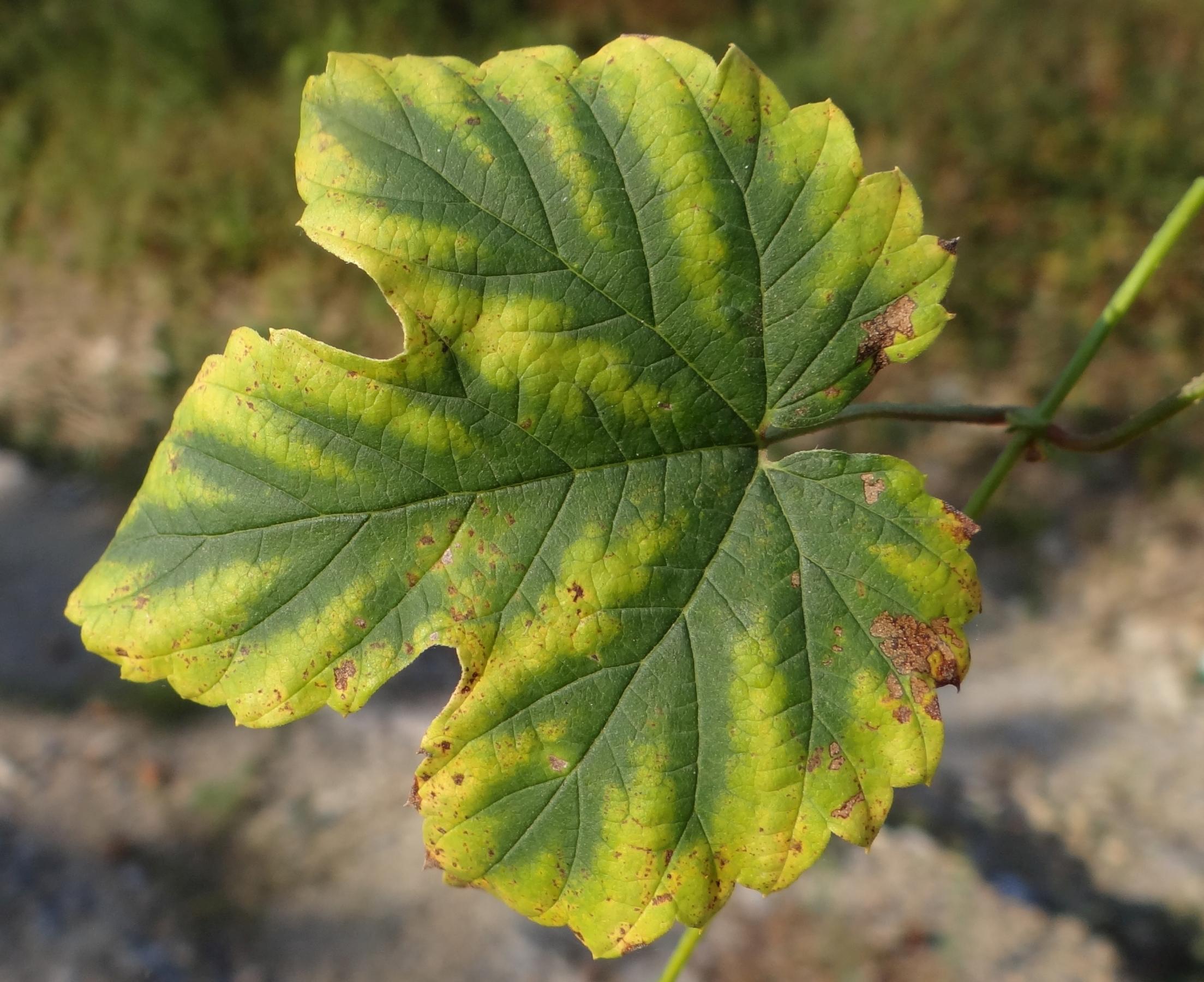
Downy mildew
Pseudoperonospora cubensis
What is Downy mildew (Pseudoperonospora cubensis)?
Downy mildew is a plant disease caused by a water mold. It affects cucurbit plants like cucumbers, melons, pumpkins, and squash. The disease is widespread and can be found in different regions. Infected plants develop pale green to yellow spots that later turn brown on their leaves. The spots are angular and bounded by leaf veins, especially in cucumbers. Under high humidity, a dark purplish-grey fuzz forms on the underside of the leaves. In wet or humid conditions, the disease spreads quickly, causing the leaves to turn brown as if they were frost-damaged.
How does Downy mildew (Pseudoperonospora cubensis) occur?
Downy mildew reproduces by releasing spores that are carried through the air or spread by water and tools. When conditions are humid and moist, these spores can germinate on the surface of leaves and start new infections. The disease does not create resting structures to survive harsh winters but relies on overwintering in the South. Air currents carry the spores from these overwintering sites to infect plants in different regions, causing the disease to spread.
Symptoms
1 - Impact on Fruits
Downy mildew can have severe impacts on infected plants. It causes pale green to yellow spots that turn brown, entire leaves may become brown and die, and watermelon plants may exhibit upward leaf curling. The disease can lead to reduced plant vigor, yield loss, and even plant death resulting in economic losses for growers.
2 - Soil Health
Infected plant debris can accumulate in the soil, potentially impacting soil health and affecting the growth of susceptible crops.
Solutions
1 - Cultural Practices
1. Avoid planting cucurbit crops in the same location year after year. Rotate crops with non-cucurbit plants to reduce the buildup of downy mildew spores in the soil. 2. Select and plant cucumber, melon, pumpkin, and squash varieties that have demonstrated resistance or tolerance to downy mildew. 3. Plant cucurbit crops with adequate spacing between plants to promote good air circulation and reduce humidity. Consider using trellises or other support structures to keep the plants upright and facilitate better airflow. 4. Use drip irrigation or other methods that minimize water contact with the foliage. Water the plants in the morning, allowing the leaves to dry quickly. 5. Keep the growing area free from weeds, as they can harbor downy mildew and other diseases. 6. Remove and destroy any infected plant debris, including leaves and fruits. Additionally, regularly inspect your plants for symptoms of downy mildew.
2 - Fungicide Applications
Commonly used fungicides for managing downy mildew caused by Pseudoperonospora cubensis include copper-based fungicides, mancozeb, metalaxyl, azoxystrobin, mandipropamid, cymoxanil, and dimethomorph. It is important to note that the availability and specific recommendations for fungicides can vary by region and local regulations.
